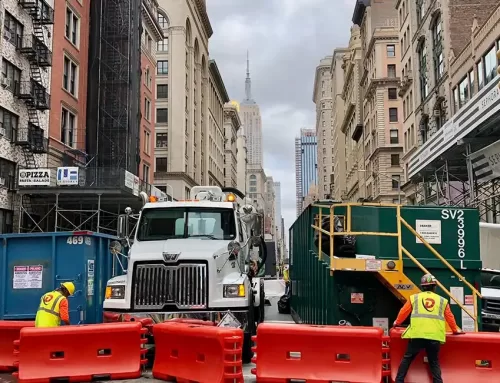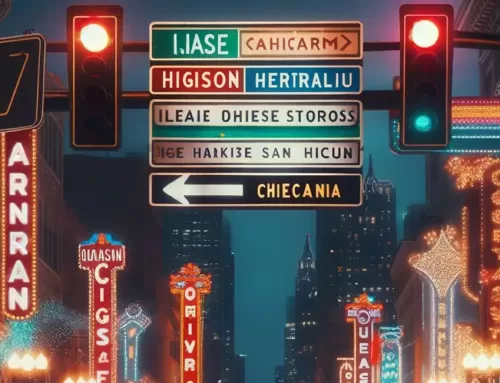What Is Bike Safety?

Bicycle safety is the practice of minimizing the risks associated with cycling. Risk is defined as the number of incidents that occur per unit of cycling activity. Among other things, bike safety involves wearing a bicycle helmet, wearing reflective gear, and taking up the entire lane. It is a critical aspect of road safety, and should not be taken lightly.
Bicycle helmets

Bicycle helmets are an important part of bike safety for several reasons. First, they reduce the risk of head and facial injuries. Studies by helmet standards associations and manufacturers have proven that they work, reducing head injuries by as much as 80 percent. According to a recent review by Thompson et al., bicycle helmets are as effective in protecting cyclists’ heads as seat belts in crashes with motor vehicles.
Bicycle helmets help protect the brain and head by absorbing force from a collision. The helmets are designed to reduce the impact force, but they can only absorb that force once, so they must be replaced if they are cracked or compressed. A helmet should also be replaced after a crash, especially if the impact was made on a hard surface.
Reflective gear
Using reflective gear on your bike can be life-saving. It makes you more visible at night and will help you prevent a crash with a car. Wearing reflective gear also keeps long pants away from your chain. It’s a good idea to have more than one reflective item on your bike.
Reflective cycling clothing is available in many forms, from jackets to ankle bands and sticker packs. These items are available at many bike shops and are especially helpful in winter or low-light riding conditions.
Following the rules of the road
It’s important to obey traffic laws when riding your bicycle. Bicyclists must follow all rules of the road, including riding in single file, signaling before turning, and slowing down at crosswalks. They must also use common sense to anticipate other road users’ mistakes and be alert for potential road hazards.
When approaching a pedestrian, bicyclists should use hand signals and a loud voice. When approaching a stop sign, they should come to a complete stop. Then, they can proceed. If they must ride on a sidewalk, they should ride on the right side of the sidewalk, so that they do not block pedestrians.
Taking up the whole lane
When biking in cities, taking up the whole lane for bike safety is a popular practice. It helps cyclists pass parked cars, avoid door prizes, and reduces risks of collisions. However, this practice is frowned upon by many motorists. While it may be common, the practice can cause problems for cyclists and motorists.
For example, some drivers may not be aware of the law’s provisions for bike riders. For example, they may not know the ‘far-to-right’ law, which requires drivers to yield to cyclists. And there are some cyclists who feel that the traffic rules are unfair. Bicyclists, however, should not be punished for the behavior of others. Taking up the entire lane for bike safety is not illegal and the cyclists who are using it know the rules of the road and are practicing best practices to keep their bikes safe.
Avoiding the exact same routes
One way to improve bike safety is to avoid the same routes you take when driving. Many accidents occur when bicycles and cars are in the same place. In addition to reducing collision risk, bike routes should be well-lighted and have smooth surfaces. Additionally, cyclists should avoid routes with steep grades.
Bikers must remember to look both ways before they turn. If they don’t, they might be approaching a motorist from the sidewalk. In such a scenario, the cyclist has nowhere to go but slam on the brakes.
Avoiding collisions with cars
One of the best tips to avoid colliding with cars while riding a bike is to maintain visibility. While it may be tempting to blend into the scenery, drivers are distracted by dozens of other things. They may be reading their cell phones, talking to a passenger, or even deciding whether they want to swing by a favorite store.
Another way to avoid collisions is to slow down when passing cars. This is especially true when making right turns. Drivers tend to think that they can “beat” cyclists when making a right turn, but cyclists aren’t able to see a right turn until the last second, and they’ll be unable to make the turn.
Riding against the flow of traffic
While it may be tempting to cycle against the flow of traffic, it is not recommended for bike safety. It is also illegal in most states, so it’s important to follow local traffic laws. If you do happen to get into an accident while riding against the flow of traffic, you are more likely to be at fault. Riding against the flow of traffic can also make it harder to see oncoming traffic.
Always remember to signal before you ride in the most visible area. This includes sidewalks and crosswalks. It’s also important to avoid riding in the middle of the road. Make sure you give plenty of space for cars to pass. Remember to make eye contact with motorists as well.





